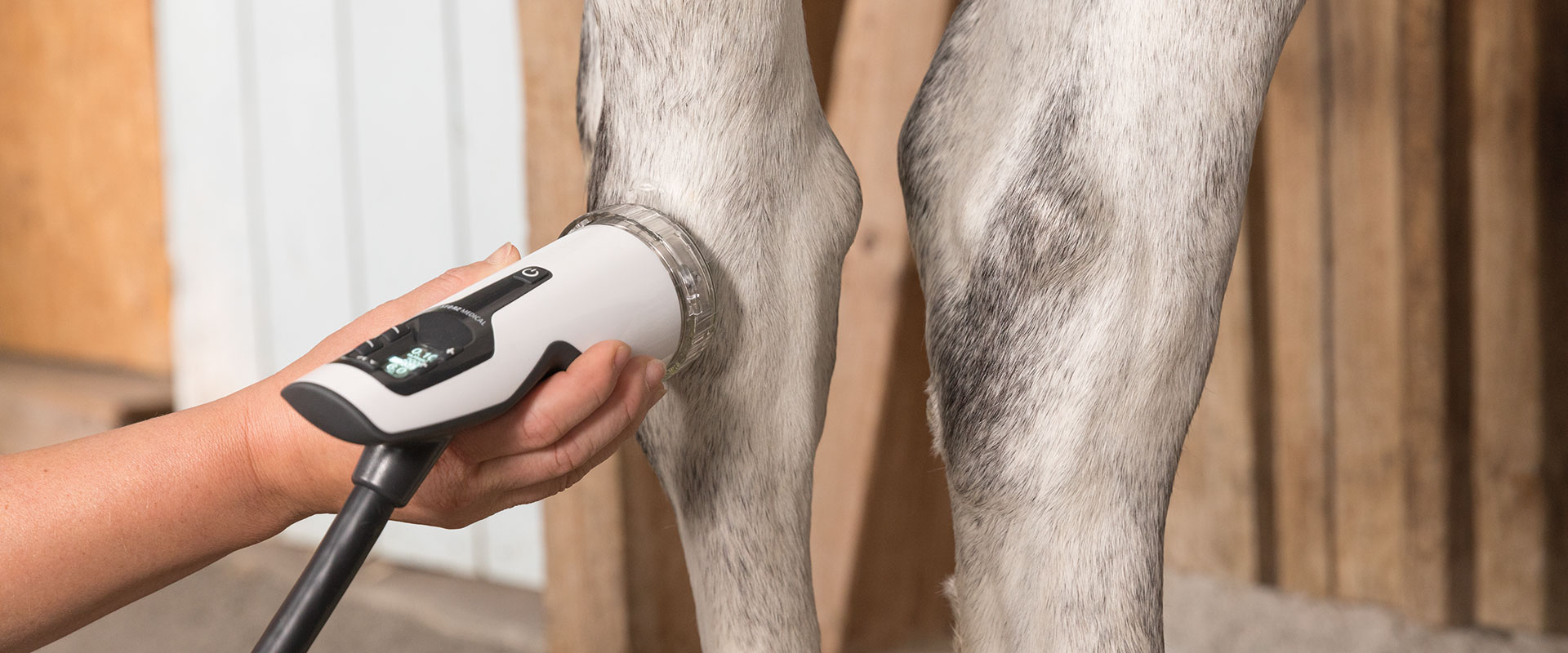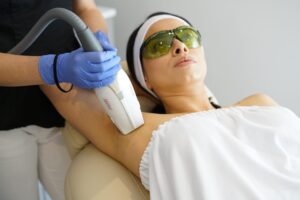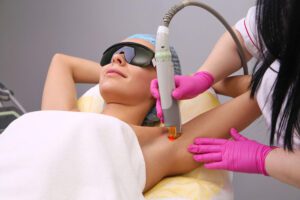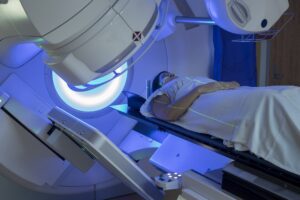Musculoskeletal disorders, including arthritis and tendon injuries, are common among animals, especially horses and large breeds. These conditions often cause pain, inflammation, and impaired mobility, significantly impacting an animal’s quality of life. Diode lasers https://omnilase.us/veterinary-2/ have emerged as a promising therapeutic tool for managing musculoskeletal disorders in veterinary medicine. This article explores the applications of diode lasers in photobiomodulation therapy, highlighting their ability to stimulate cellular activity, enhance blood flow, reduce inflammation, alleviate pain, and aid in the healing of musculoskeletal injuries in animals.
Photobiomodulation Therapy:
Diode lasers are widely used in photobiomodulation therapy, also known as low-level laser therapy (LLLT), for musculoskeletal disorders in animals. This non-invasive treatment involves the application of specific wavelengths of light to affected tissues. Diode lasers emit light that penetrates deep into the tissues, stimulating cellular activity and initiating a series of biological responses that promote healing and reduce inflammation.
Stimulation of Cellular Activity:
Diode lasers stimulate cellular activity in the affected tissues. The specific wavelengths of light emitted by these lasers penetrate the skin and are absorbed by cellular components, such as mitochondria. This absorption triggers biochemical reactions within the cells, enhancing energy production (ATP synthesis) and promoting cellular metabolism. The increased cellular activity improves tissue repair processes, including collagen synthesis and extracellular matrix production, aiding in the healing of musculoskeletal injuries.
Enhanced Blood Flow: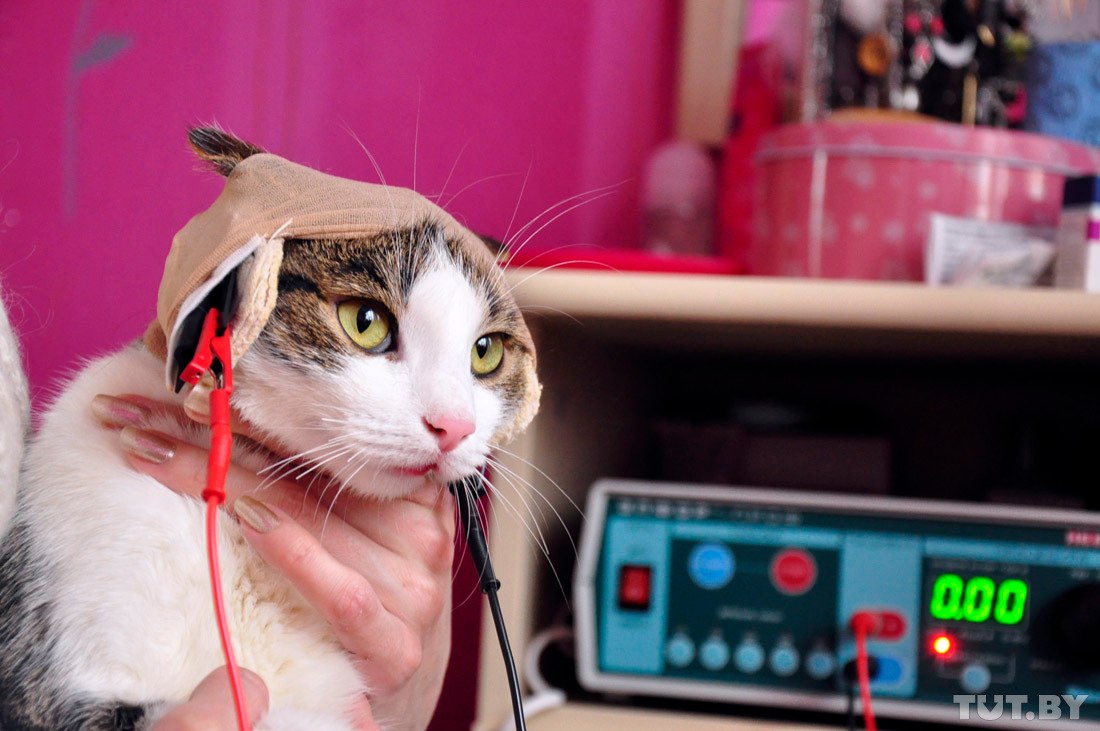
Diode lasers also enhance blood flow in the affected tissues, which is crucial for promoting healing and reducing inflammation. The laser light stimulates the release of nitric oxide, a vasodilator that causes blood vessels to widen. This vasodilation improves blood circulation, delivering oxygen, nutrients, and immune cells to the injured area. Enhanced blood flow helps remove waste products and inflammatory mediators, reducing tissue swelling and promoting a favorable healing environment.
Reduction of Inflammation:
Inflammation is a common feature of musculoskeletal disorders in animals. Diode lasers have anti-inflammatory effects, helping to reduce inflammation in affected tissues. The laser light can modulate inflammatory processes by suppressing the release of pro-inflammatory molecules and promoting the production of anti-inflammatory cytokines. This anti-inflammatory effect alleviates pain, swelling, and discomfort associated with musculoskeletal conditions, leading to improved mobility and enhanced quality of life for animals.
Alleviation of Pain and Improved Healing:
Diode lasers offer pain relief for animals suffering from musculoskeletal disorders. The stimulation of cellular activity, enhanced blood flow, and reduction of inflammation provided by diode lasers contribute to pain alleviation. The laser light helps stimulate the release of endorphins, natural pain-relieving substances, providing non-invasive pain management for animals. Additionally, by improving tissue healing, diode lasers aid in the repair of damaged structures, such as tendons and joints, ultimately enhancing joint mobility and functional recovery.
Diode lasers have shown remarkable efficacy in managing musculoskeletal disorders in animals through photobiomodulation therapy. By stimulating cellular activity, enhancing blood flow, reducing inflammation, and alleviating pain, diode lasers offer a non-invasive and effective treatment option for conditions such as arthritis and tendon injuries in animals. The application of diode lasers in veterinary medicine holds great potential for improving the well-being and quality of life of animals suffering from musculoskeletal disorders, particularly horses and large breeds. As research and technology continue to advance, diode lasers are likely to play an increasingly significant role in the management of these conditions.
